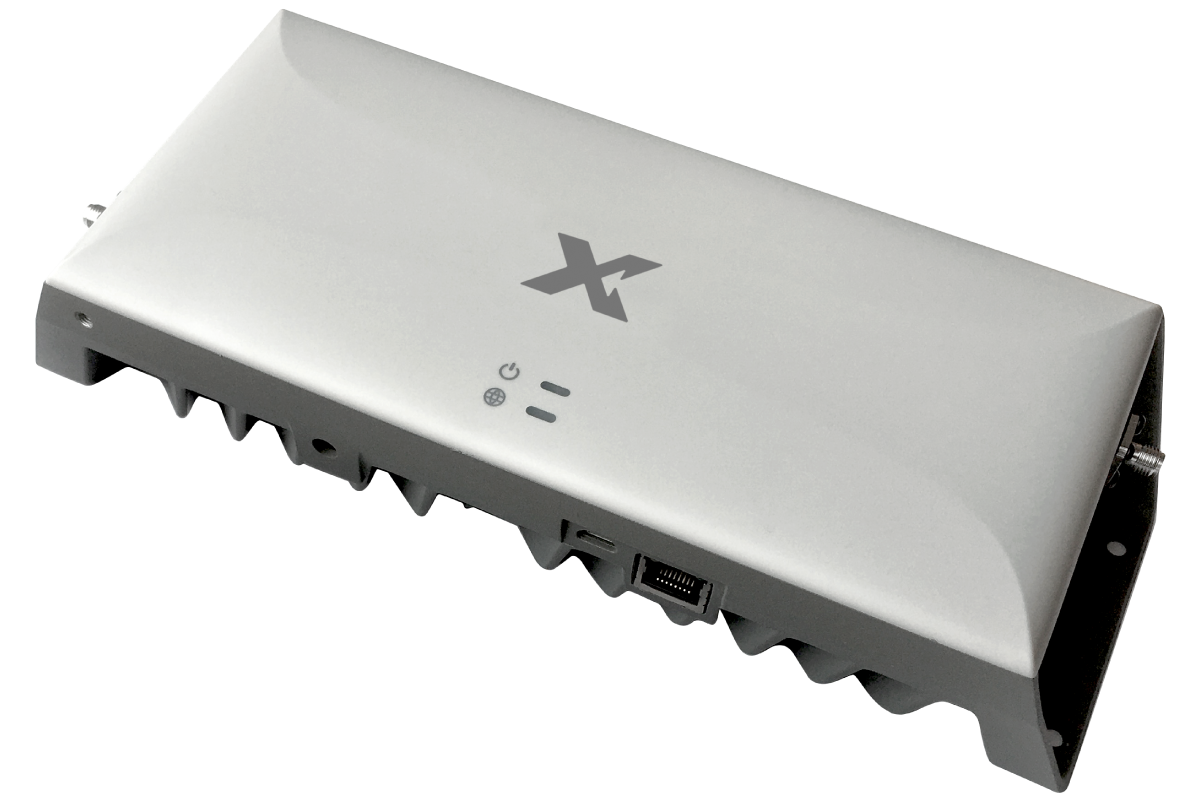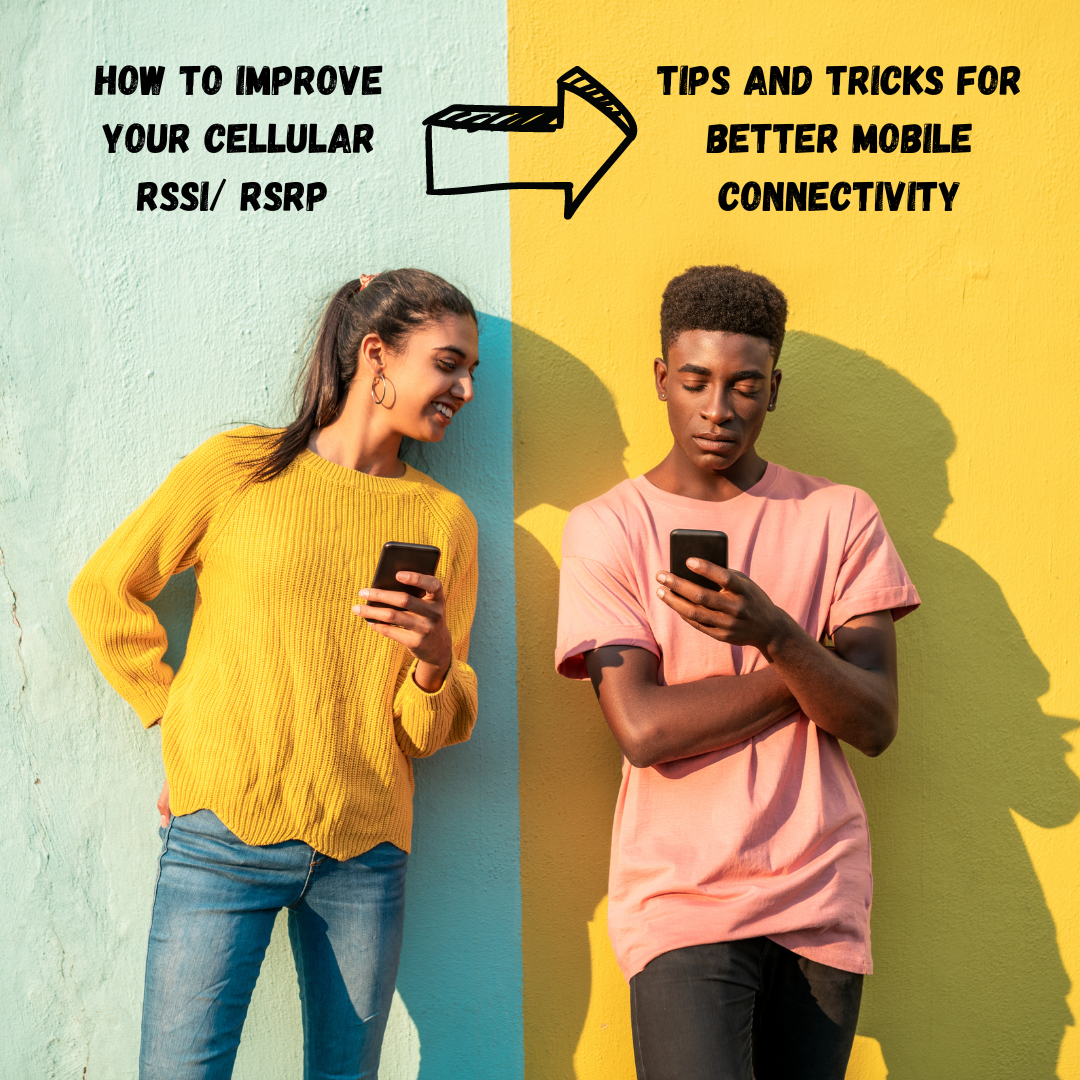
No matter who you are or what you do, having a strong and consistent cellular signal is crucial, especially in remote areas. Recognizing the need for reliable in-building cellular coverage, Nextivity introduces the CEL-FI GO G41—a single-operator cellular signal booster designed to elevate your connectivity experience.
Unmatched Performance and Versatility
The CEL-FI GO G41 stands out for its unparalleled performance, seamlessly combining cutting-edge technology with ease of installation. Tailored for “small box” retail stores, branch offices, and homes, this booster supports 4G and 5G connectivity. It operates as a dedicated solution for a single mobile network operator (MNO), ensuring a focused and powerful signal enhancement.
Global Connectivity
The CEL-FI GO G41 caters to a global audience with compatibility across different regions. For the Americas, it supports bands 2, 4, 5, 12, 13, and 25, while for the rest of the world, it covers bands 1, 3, 5, 7, 8, 20, 28L, 28U, and 40. This broad spectrum of supported bands ensures comprehensive coverage, making it suitable for diverse geographical locations.
Nextivity’s 4th Generation IntelliBoost® Technology
At the heart of CEL-FI GO G41 lies Nextivity’s proprietary 4th generation IntelliBoost technology. This advanced chip enables channelized signal boosting, offering industry-leading signal gain of up to 100 dB. This ensures a robust and reliable end-to-end coverage experience within your building, setting it apart from traditional wideband repeaters.
Ease of Installation and Remote Management
One of the key advantages of CEL-FI GO G41 is its quick and hassle-free installation process. Nextivity’s trusted system integrator partners can have the system up and running in as little as a few hours, making it a practical choice for businesses and homes alike. Additionally, the Nextivity WAVE Portal allows users to monitor and manage the booster remotely, providing real-time insights into system performance.
Nextivity WAVE App for Flexibility
The CEL-FI GO G41 offers users the flexibility to choose the MNO signal they want to boost through the Nextivity WAVE App. By connecting to WAVE via Bluetooth®, users can easily select their preferred carrier and enhance coverage within minutes. This feature is particularly valuable for users who may need to switch operators, providing adaptability to changing needs.
Elevating Connectivity for Businesses and Homes
Whether you’re a business owner looking to improve connectivity for customers and employees or a resident in a remote area seeking to boost signal at home, the CEL-FI GO G41 is designed to meet your needs. Enjoy reliable calling, texting, and streaming indoors, enhance the shopping experience with in-store digital couponing, and improve operational efficiency with fast and consistent connectivity.
If you think the CEL-FI GO G41 may be right for you, it is now available to order at 5Gstore.com. Reach out to our team with any questions!





